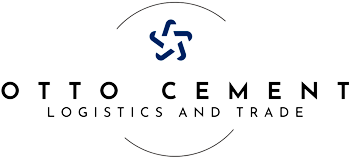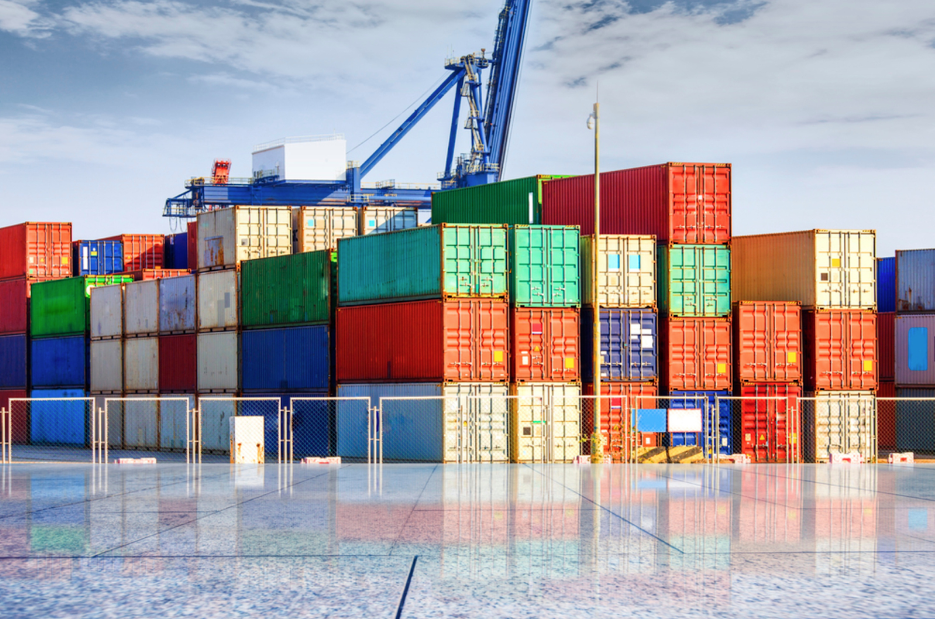Import and export services form the backbone of global supply chains. For businesses seeking to expand their reach beyond domestic borders, a clear grasp of trade terminology is essential. The right knowledge not only ensures compliance with regulations but also streamlines processes, reduces costly delays, and builds trust with global partners.
Here are some of the key terms and information you need to know from the team at Otto Cement.
The Language of Exporting
When goods leave a country, the seller is referred to as the exporter, and in many cases, the process requires an export license and government authorization to ship specific products internationally. Each shipment must be accompanied by an export declaration, a document that details the goods, their value, and their final destination.
Importing Goods Across Borders
On the other side of the transaction, the buyer becomes the importer. Importing can require its own set of licenses depending on the goods in question, along with the payment of import duties, which are taxes levied by customs authorities. Before products can officially enter the market, they must pass through customs clearance, a verification process that confirms all regulations have been met.
Streamlining Trade with Documentation and Technology
International trade relies heavily on accurate and complete documentation. A commercial invoice outlines what was sold, its value, and the agreed-upon terms. The bill of lading serves as both a contract of carriage and a receipt for goods in transit. Many shipments also require a certificate of origin, confirming where the goods were manufactured, a critical factor for trade agreements and tariffs. Logistics professionals such as freight forwarders coordinate the movement of goods across borders, while customs brokers handle the complex paperwork and compliance checks needed to satisfy regulatory requirements.
At Otto Cement, we leverage smart logistics and advanced digital solutions to manage these processes. Our technology platforms provide real-time data analytics and user-friendly online tools, allowing clients to track shipments and manage orders, ensuring all documentation is accurate, compliant, and handled efficiently.
Moving Goods Around the World
Selecting the right mode of transportation is another key part of import and export services. Air freight is the fastest option for long-distance shipments, ideal for perishable goods and urgent deliveries. Sea transport, while slower, is more cost-effective for large or heavy loads. Road transport offers flexibility and direct delivery, while rail provides a dependable and environmentally friendly choice for overland routes.
Container Options
Most goods travel in standardized containers to protect cargo and simplify handling. The 20-foot dry container is widely used for general shipments, balancing capacity with ease of transport. The larger 40-foot version offers almost double the space, making it ideal for bulk shipments that still need the security of enclosed transport.
Understanding Incoterms
Incoterms, short for International Commercial Terms, are globally recognized standards that define the responsibilities of buyers and sellers. For example, “Ex Works” (EXW) means the buyer assumes all costs and risks from the seller’s premises onward, while “Free on Board” (FOB) places responsibility on the seller until goods are loaded onto the buyer’s nominated vessel. “Cost, Insurance, and Freight” (CIF) requires the seller to cover transport and insurance to the destination port.
Handling Hazardous Materials
When goods are classified as hazardous, specific labeling and documentation rules apply. UN numbers identify dangerous substances, while hazmat placards (color-coded and symbol-based) provide quick visual warnings for handlers and emergency responders. These markings are not optional; they are required by law to ensure safe and compliant transportation.
Product Codes in Trade
Every item shipped internationally is assigned a classification code. The Harmonized System (HS) Code is recognized globally, while the United States uses Schedule B numbers, the European Union follows the Customs Tariff Code, and the UK applies the Commodity Code. These codes influence duties, taxes, and trade statistics, making accuracy essential.
Learn more about our logistics and shipping solutions by contacting us!
At Otto Cement, we help clients navigate these challenges, ensuring every shipment meets compliance standards and reaches its destination on time. To learn more and check the logistics terms, visit the Information Center on our Bey Shipping website. For complete shipping solutions, contact us online or call (281) 912-6767.

